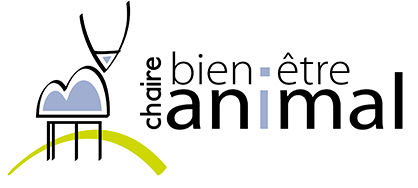Document type : Article published in Sud Ouest
Authors: Sud Ouest with AFP
Preview: The foie gras that graces festive tables in France comes from male ducks. Female ducklings are culled after hatching: the industry could invest in machines to determine the sex of embryos.
This is a topic that few members of the general public are aware of, having been alerted more to the issue of force-feeding. But foie gras producers have another "stone in their shoe", to borrow the expression used Marie-Pierre Pé, head of the interprofession group.
Traditionally, on French farms, female ducks were raised for meat while the males, whose livers are considered to be of finer quality, being less veiny, were force-fed for foie gras. But since the early 1990s, the raising of females has been abandoned, and replaced by that of males. As a result, the hatcheries that supply ducks to farms cull a large proportion of the females after they hatch.
Tens of millions of ducklings
This affects at least ten million mulard ducklings each year in the foie gras industry, which are mainly crushed. 'On average', between 50 and 60% of the females are kept, according to the Institut Technique de l'Aviculture (Itavi).
The proportion is similar among palmipeds reared for meat, where female Muscovy ducks are less popular because they take longer to grow. Some ten million other ducklings are culled in this sector.
No ultimatum
The Ministry of Agriculture has not set a deadline for the ducks. But foie gras professionals have given themselves until the end of 2024 to achieve this, says Marie-Pierre Pé.
The farm-animal protection association Welfarm is opposed to the culling of female ducklings and to the export of these very young animals, and says it is "in favour of developing the alternative offered by in ovo sexing".
Breeders are ready to participate. To facilitate sorting, they have developed duck breeding lines where the females have lighter eyes than the males. The machines they are developing are able to detect these differences during the first third of the incubation period.




